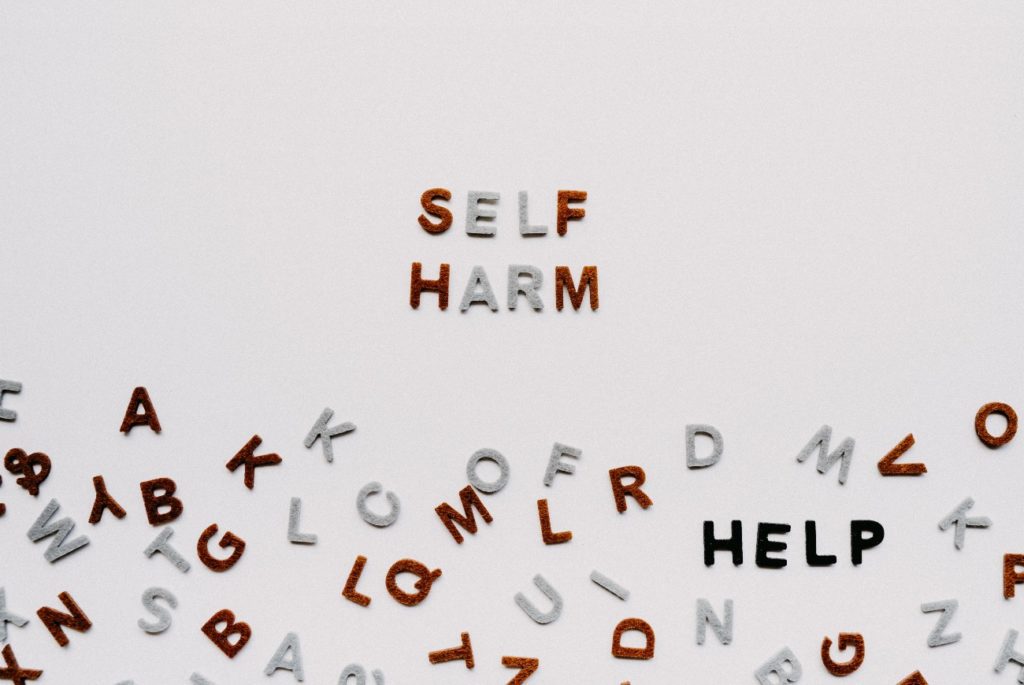Content reviewed by Christian Losch, LCSW, LCADC, CEO of Pinelands
Each of us has a unique way of coping with distress in our lives. More often than not, many people fall into the trap of self-destruction as they try and establish a proper coping mechanism for navigating adversity. Substance use is one of these paths of self-destruction. However, it is not the only path.
Self-destructive behaviors are behaviors that lead to emotional or physical self-harm. Also known as self-sabotage, self-destructive behaviors may be intentional or unintentional, although all of these behaviors are ultimately dangerous and can lead to worsening mental health problems. It is essential to understand what risk factors lead to the development of self-destructive behaviors while being able to identify them in yourself or others. Understand that treatment is available for anyone struggling with these behaviors.
Identifying self-destructive behaviors is critical.
There are many different types of self-destructive behaviors. Some types may be more obvious to identify, while others are more subtle and often vary from person to person in terms of frequency and severity.
Obvious self-destructive behavior may surface as:
- Self-harm or self-injury, such as hair-pulling or cutting
- Lack of hygiene
- Binge eating
- Impulsive and risky sexual behavior
- Suicidal ideation
- Remaining in an abusive relationship
- Engaging in harmful addictive behaviors, such as gambling
Subtle self-destructive behaviors may surface as:
- Negative self-talk
- Isolating oneself from loved ones
- Self-sabotage in work or relationships
- Changing oneself to please others
- Clinging to someone who is not interested in you
- Wallowing in self-pity
- Insisting that you are not intelligent, attractive or capable enough
Recognize the risk factors for self-harm.
There are many different reasons why people develop self-harming behaviors. However, similar to substance use and addiction, certain risk factors make an individual more vulnerable to engaging in self-destructive behaviors. Typically, both experiences that jeopardize interpersonal safety and unmet emotional needs can cause a person to inflict self-harm.
Specific risk factors may include:
- Childhood trauma, neglect or abandonment
- Growing up in adverse or invalidating environments
- Experiencing abuse, which often leads to low self-esteem
- Social isolation
- Engaging in substance use
- Co-occurring mental health disorders
- Experiencing harsh criticism
Self-harm may be a symptom of a mental health condition.
Although an individual does not always have a mental health disorder when engaging in self-destructive behaviors, often, these behaviors stem from a mental health condition. Several conditions that may lead to self-harm if they are left untreated include:
- Anxiety and anxiety-related disorders
- Depression
- Eating disorders
- Personality disorders
- Post-traumatic stress disorder (PTSD)
Why do people harm themselves?
The question as to why people engage in self-destructive behaviors can also vary from person to person. Although, in general, people may do so because they struggle with their self-worth and have trouble coping. Individuals that engage in self-harm may perceive their actions as:
- A way to feel something, especially if they feel numb or empty.
- A way to block out painful memories or emotions.
- A call for help.
- A way to release unpleasant emotions such as anger, hopelessness or depression.
- A way to punish oneself.
- A way to feel in control.
Treat self-destructive behaviors with psychotherapy.
If you or a loved one is struggling with self-harming or destructive behaviors, it is essential to recognize that help is available. While there are no medications that can entirely absolve these behaviors, several psychotherapy approaches can help reframe harmful patterns of thought and behavior.
Cognitive behavioral therapy (CBT) and dialectal behavior therapy (DBT) help patients learn how to manage and overcome negative emotions. Each approach differs in the skills taught and used during treatment, although overall, both of these approaches help to uncover unconscious motives that lead to self-destructive behaviors.
Motivational interviewing is another approach used to encourage individuals to commit to change in their lives. When it comes to substance use and other self-destructive behaviors, individuals may feel uncertain or indecisive about fully committing to a behavior change. Motivational interviewing supports patients as they find the motivation to make more positive decisions for themselves in their lives.
Treatment for co-occurring mental health conditions is possible.
If an individual is struggling with a mental health condition that may be the cause of their self-destructive behavior, there are other treatment avenues available. Medicines, or medication-assisted treatment (MAT), may be available to treat underlying health conditions, such as anxiety or depression. It is essential to treat the mental health condition along with the self-destructive behaviors, as treating the condition may weaken the urge for the individual to self-harm.
When self-destructive behavior is left untreated, it can worsen mental health problems and symptoms. An individual must seek help as soon as possible to heal from the effects of self-harm. Recognize that you deserve to embrace your self-worth and live a fulfilling life.
Pinelands Recovery Center of Medford is a premier drug and alcohol treatment center that understands the overlap in self-destructive behaviors, whether related to or unrelated to substance use. We offer several different treatment modalities to help individualize your treatment experience. To learn more about our treatment program, give us a call today at (877) 557-5372.
